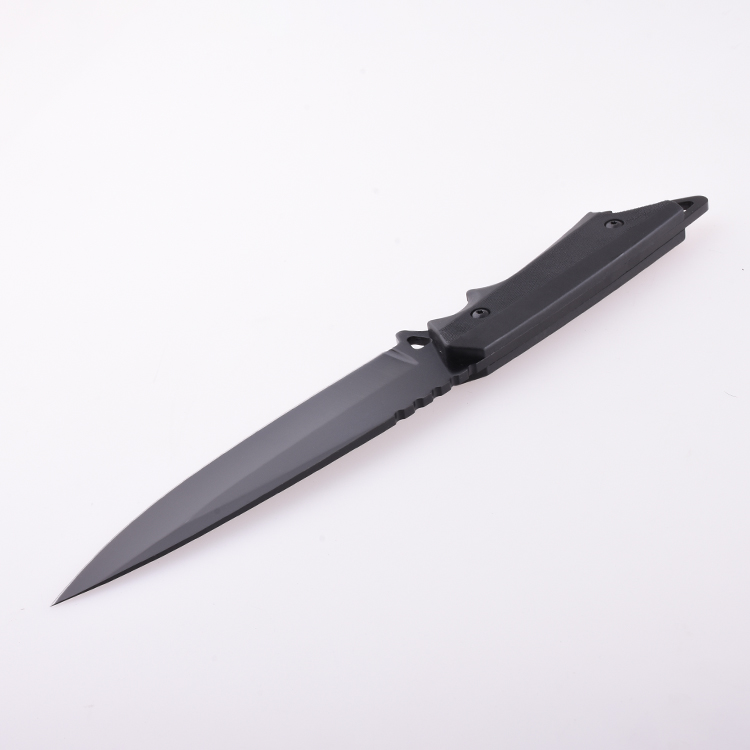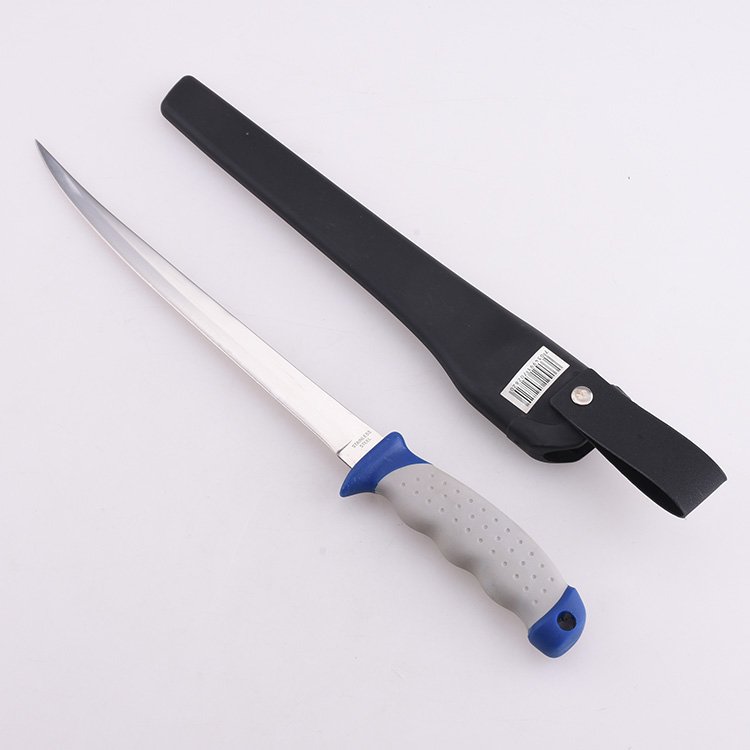Top Forging Techniques and Process for Knives

Everybody knows what a knife looks like. There's the blade, the handle, the cutting edge, the sheaths, and so many other parts that combine to give the knife structure and functionality. But how well do you know how knives are made? Hunting and folding camping knives are very unique when it comes to designs and forging, and the process used is not that simple or straightforward.
We are going to explore some of the forging processes used to make knives, see their histories, how they impact the functionality and how they compare to each other. If you are looking to learn more about knife-making techniques, then you came to the right place.
Honyaki Technique

This is a technique that makes use of a single type of steel to make both single and double-bevel knives. It is a traditional technique that originated in Japan, and it has evolved to make use of high-carbon steel or stainless steel alloys. Being mono-steel knives, they are required to be heated differently, which is the same technique used for making traditional Katana swords.
The Honyaki technique produces a soft texture to the blade, giving it the freedom to absorb shocks, and this grants the blade the much-needed structural integrity without affecting all the other qualities. To achieve this, a special clay is used to for insulation and is applied on the spin of the blade by a very artistic expert. This technique takes a lot of years to nail down and is only performed by a select number of blade forgers in Japan and a few other parts around the world.
However, Honyaki knives tend to be brittle when used for so long due to their high hardness. At the same time, the blades have a very good edge retention, but it takes very great skill to sharpen a Honyaki knife.
Kasumiyaki Technique

This is another Japanese knife forging technique that makes use of welding hard steel on one side and a softer steel on the other. The hard steel is called Hagane, and the softer one is called Jigane. Like most of the other knife forging techniques, there’s a lot of heat involved and tempering that ensure the steel is able to withstand every process without breaking or becoming brittle. The soft side of the blade is designed for the purpose of absorbing shocks, and this boosts the structural integrity of the knife. The hard side provides the blade with the muscle as it does most of the cutting.
In terms of appearance, Kasumiyaki knives have this misty and hazy layer on the surface of the blade, a side effect of the tempering and heating that gives it a very unique appearance, especially when it is contrasted with the glossy finish of the hard steel. The part where the soft and the hard steel meet are what gives knives made using this technique their famous identity.
Sanmai-Awase Technique
This is another method that improves the quality of the blade by applying one raw material over the other multiple times. For this particular case, there are three layers involved in the forging of this blade. The technique is used to make double-bevel knives that are strong and can withstand heavy use without developing any issue. This sandwich construction places a hard steel between two softer ones, with the latter adding the structural integrity needed to keep the knife from breaking apart by adding some shock absorption. The hard part forms the bulk of the cutting edge. The lamination lines are visible from any angle, and they give the knife a very unique appearance.
Warikomi-Awase Technique
Another Japanese forging technique that combines a hard and a softer steel in a jacket form to create double-bevel knives. What makes this different from the other forging processes on this list is that the hard steel acts as the core and is inserted into a soft split steel then welded and wrapped around the core. This makes the hard steel extend outwards just short of the spine. This then forms the cutting edge that is supported by the softer steel that creates a buffer for the entire knife for structural integrity purposes and to provide a shock-absorbing layer to stop the pocket or fixed knife from chipping and cracking when subjected to intense tasks.
Suminagashi Technique
lt-Text: Suminagashi Technique
This is best known around the world as the Damascus forging technique and is used to make some of the most in-demand knives on the planet. It has been used since 300BC after originating from India before spreading out to the rest of the world. It involves the forging of a knife using two or even more parent steels where it ends up exhibiting all the attributes of each material used. Just like the other techniques, this method combines softer and harder steel to provide structural integrity and the cutting-edge abilities. The steel is then hammered several times until the desired shape and design are achieved. The final product comes out with a watery flow design on the surface that gives the knife a very beautiful appearance, another reason why it is loved by knife enthusiasts.
Forging Processes
All these unique forging techniques follow certain protocols when it comes to making knives. They may not follow each other in the same order, but at some point along the road, they are applied to the final process. The following are the most common forging processes that are used in the making of the knife.
- Normalizing: This is a special method of refining the metal being used to forge a knife with the aim of making the knife blade less prone to warping after the quenching process. The normalizing process begins with the unhardened blade being subjected to high critical temperatures in the kiln for a while. This is followed by smith eyeballs being used to create the color of the steel, which is wrapped up with the cooling. For better results, this process is usually repeated many times over until the desired temperament is achieved.
- Annealing: This is the next stage that follows normalizing, and its aim is to bring some level of uniformity to the grain structure within the blade. Here, the blade is subjected to more heat, but this time at a much lower temperature. It is then placed in special straw ash for the cooling process to begin. This eliminates internal stress making the blade stronger.
- Quenching: This is considered to be the most important part of the forging process. It is a heat-treating process that is aimed at achieving hardness in the blade by subjecting the steel to intense heat then rapidly cooling it down. The rapid cooling locks in a crystalline structure in the blade, and once oil is used for the quenching princess, the hardness of the blade is caked in without causing any brittleness. Other cooling components you can use for this stage include water, sand, ash, among many others.
- Tempering: Tempering is another vital stage that involves exposing the blade to another session of heating before cooling it down slowly at room temperature. It can be repeated many times over until you are satisfied with the results. Tempering helps relieve internal strain from the blade and decreases the hardness and brittleness, making the blade a little more flexible.
Once all these processes are completed, the blade is then subjected to sharpening, engraving, polishing, and other assembly processes like the addition of the handle and sheathes. Every bladesmith uses their own processes that are passed down generations, and this creates a variety of blades that can be used for a variety of tasks.
The forging process determines how long and how functional that blade would be. But in the long run, the manner in which you use the blade and regularity of maintenance is what will ultimately ensure you have a knife that will serve you for years.
Conclusion
The number of forging processes for knives is many and not just limited to one region of the world. Some of the oldest techniques have dried out, unfortunately, but there is still a lot of knowledge out there that keeps the fire burning. The integration of technology has also helped make things a little better for pocket knife manufacturer. If you wish to learn more about forging knives and the utmost common types of blades that are made, check out our website and get all the extra information you may need.
Article source: Top Forging Techniques and Process for Knives | Shieldon

